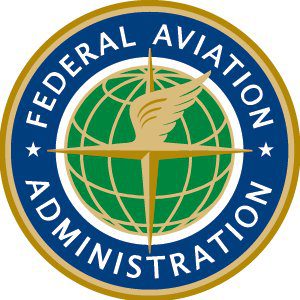A Congressionally mandated report issued by the National Academies of Sciences, Engineering, and Medicine on June 11 is calling on the Federal Aviation Administration to change its approach to analyzing the safety risks posed by drones, which are formally known as either unmanned aircraft systems (UASs) or unmanned aerial vehicles (UAVs).
The NAS report said an “overly conservative approach” to safety risk assessments by the FAA “tends to overestimate the severity and likelihood of risks from many types of drone operations [and] can be a significant barrier to introduction and development of this emerging and rapidly changing technology.”
George Ligler, proprietor of GTL Associates and chair of the NAS committee that conducted the study and wrote the report, noted in a statement that FAA’s safety risk assessment techniques were developed over many years for manned aviation and require evidence of a “near-zero” tolerance for risk.
Thus the “fear of making a mistake” drives a risk culture at FAA, particularly with regard to drone activities, which do not pose a direct threat to human life in the same way as technologies used in manned aircraft, he added.
“FAA needs to accelerate its move away from the ‘one size fits all’ philosophy for UAS operations,” Ligler pointed out in a statement. “The FAA’s current methods for safety and risk management certainly ensure safety within the manned aircraft sector, but UASs present new and unique challenges and opportunities, which make it important for the agency to take a broader view on risk analysis.”
[Side note: The Transportation TV News Special Report below highlights the results of a March 2018 survey by the American Association of State Highway and Transportation Officials that showed 35 of 44 responding state departments of transportation or 80 percent are now deploying drones for a wide range of purposes.]
Ligler also noted that “overly stringent certification and operational approval requirements” for drone operations that are relatively low risk have the potential for placing an “unnecessary burden” on the business case and implementation timeline for those operations, thus “stifling innovation.”
The NAS report calls upon FAA to establish and publish specific guidelines within the next 12 months for implementing a predictable, repeatable, quantitative risk-based process for certifying drones and granting operations approval, with agency advised to “expand its perspective on quantitative risk” in order to look “more holistically” at the total safety risk.
For example, FAA should consider the safety benefit that accrues when a drone allows for cell tower inspections without the need for a human to climb the tower, the report noted.
It also recommends the FAA administrator “publicly commit” to reviewing risk assessments within six months so the proponents receive timely feedback.
“The administration should also undertake a top-to-bottom change in management processes with the aim of moving smartly to a risk-based decision-making organization with clearly defined lines of authority, responsibility, and accountability,” The NAS report concluded.


